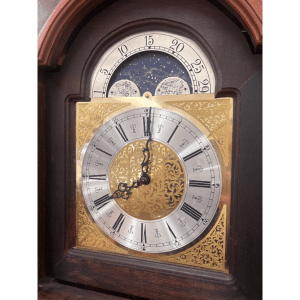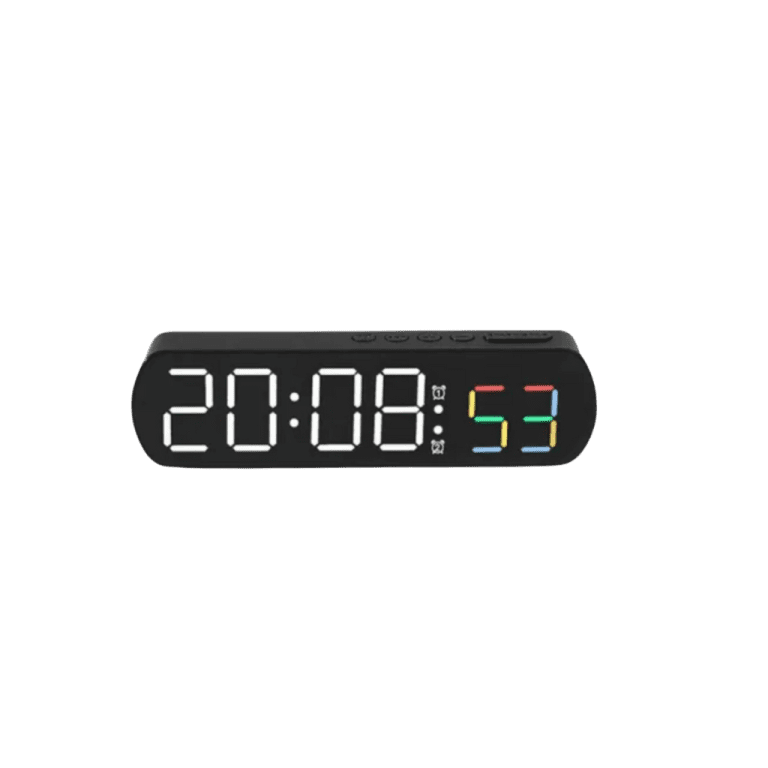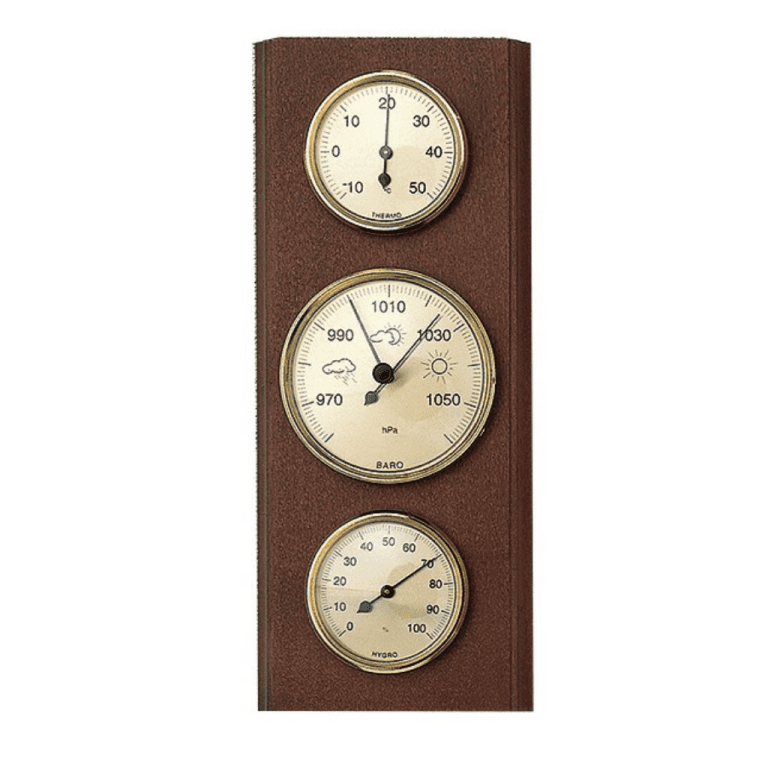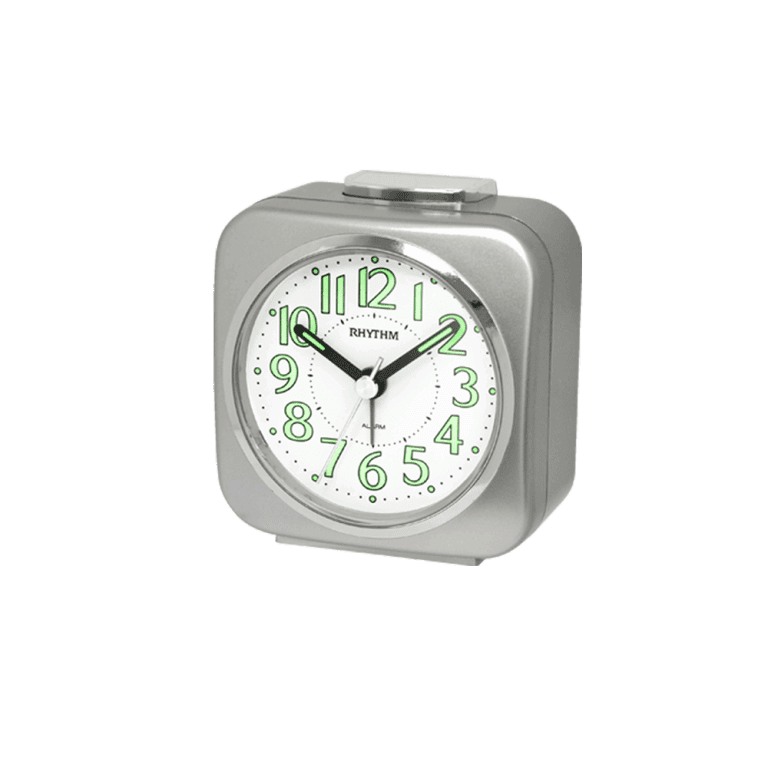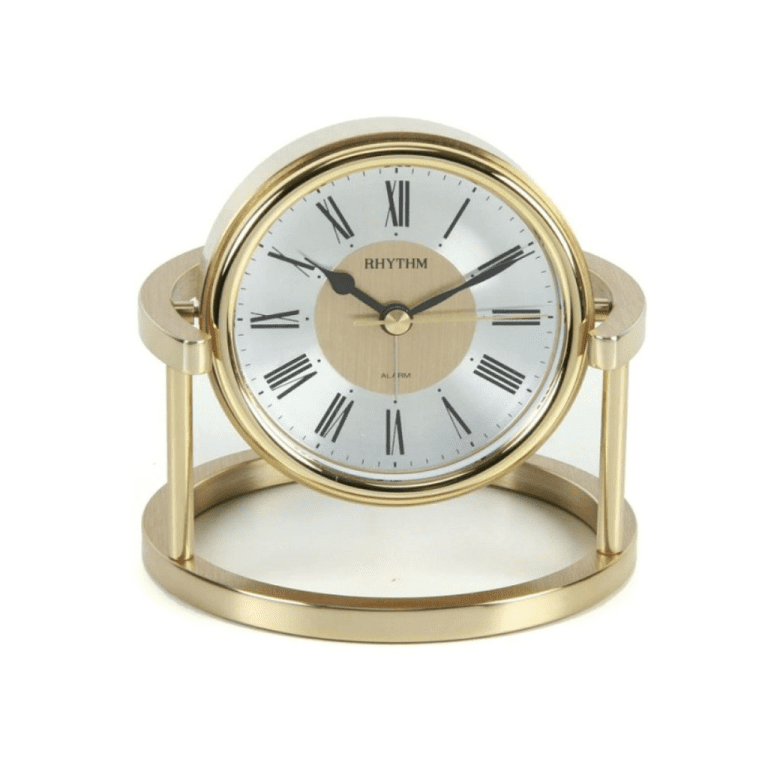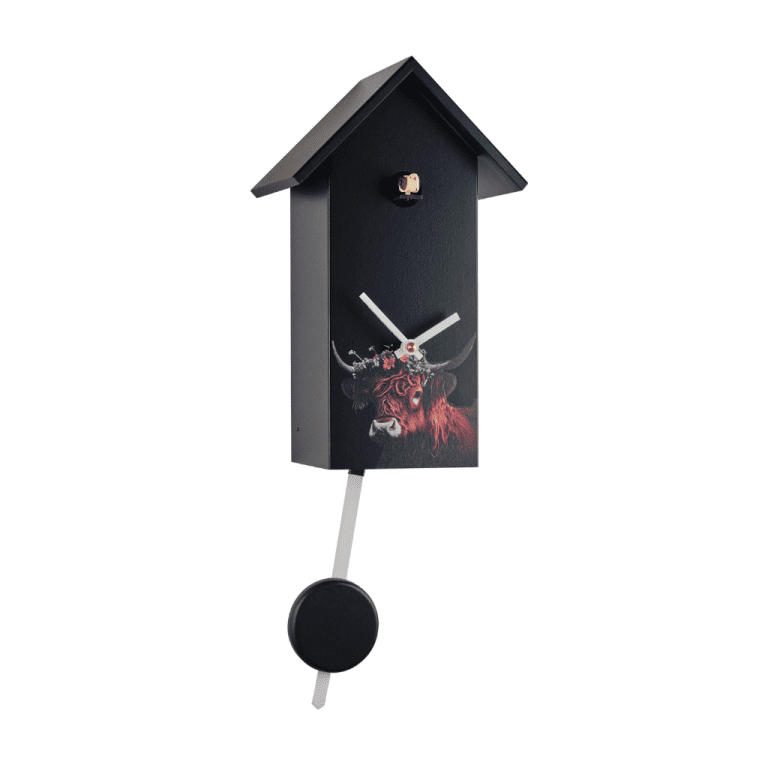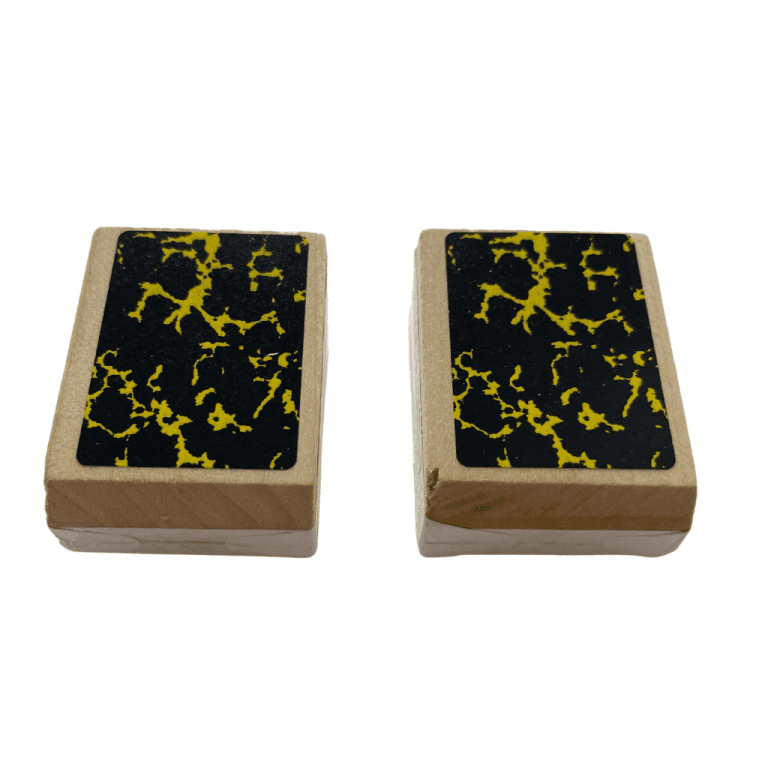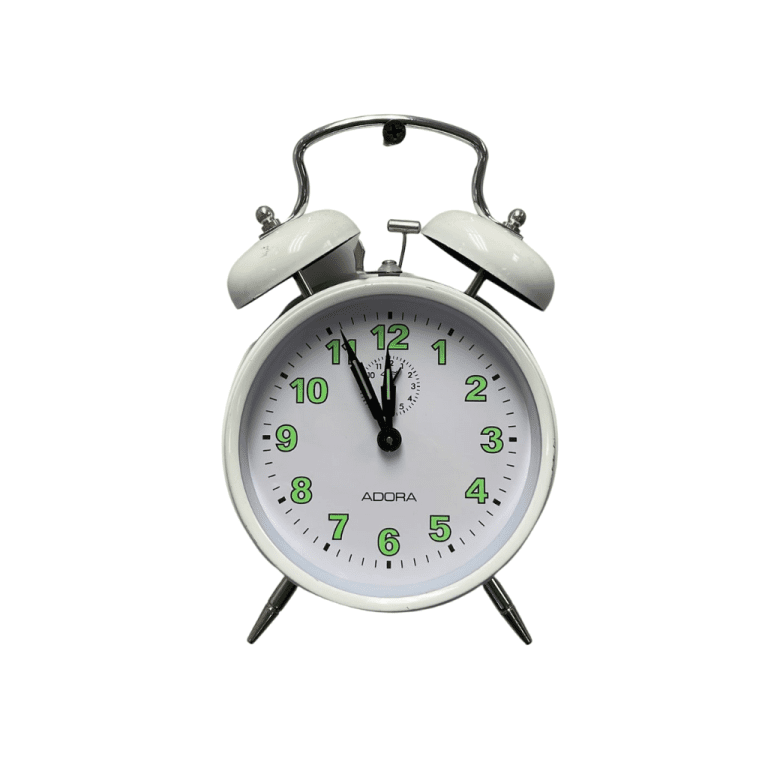Teaching children how to tell the time is an important life skill that helps them become more independent, organized, and aware of their daily routines. While digital clocks are common, it’s still essential for children to understand how to read both digital and analog clocks. Here’s how you can guide them through this learning journey in a simple and engaging way.
1.
Start with the Basics
Begin by helping children understand the concept of time. Talk about the different parts of the day—morning, afternoon, evening, and night. Use real-life routines like “We eat lunch at 12 o’clock” or “Bedtime is at 8 o’clock” to make it relatable.
2.
Introduce the Clock Face
Use a large, colorful analog clock to explain the face, hands, and numbers. Start with the hour hand. Show how it moves from one number to the next and explain what each number means. Once they grasp this, introduce the minute hand, explaining that when it points at 12, it’s “o’clock,” and when it points at 6, it’s “half past.”
3.
Use Fun Activities
Turn learning into a game! Make your own paper clock with movable hands and quiz your child by saying times like “Show me 3 o’clock” or “What time is it when the big hand is on the 6?” You can also use songs, apps, and storybooks that explain time in a fun and memorable way.
4.
Teach Digital Time
Once they are comfortable with analog clocks, show them how time looks on a digital clock. Help them understand how hours and minutes are written (e.g., 07:30) and relate that to what they see on the analog clock.
5.
Practice in Daily Life
Use everyday moments to reinforce time-telling. Ask questions like, “What time does your favorite show start?” or “Can you tell me what time it is now?” Repetition and practice are key.
Conclusion
Patience is essential when teaching time. Go step-by-step, praise their progress, and make it interactive. Once children understand how to tell time, they gain a valuable sense of structure and responsibility—skills that benefit them for life.


